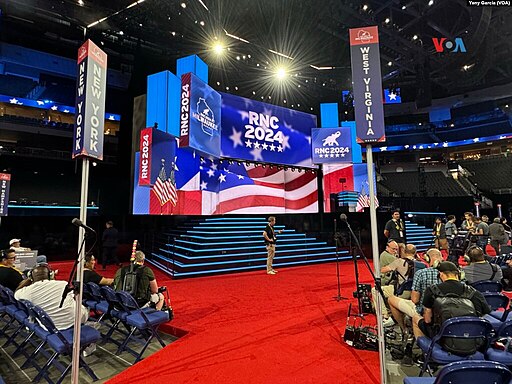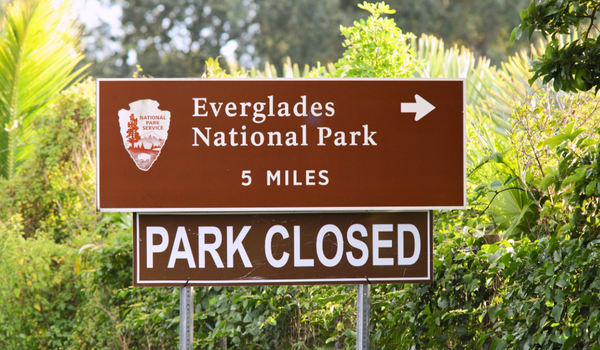President Trump’s second term got off to a familiar start: lots of headlines and lots of executive orders. In fact, his executive order count hit 143 in just the first 100 days of his return to office (surpassing any recent president, including FDR during the height of the Great Depression).
These aren’t just ceremonial gestures. We’re talking about major policy changes like leaving the World Health Organization, re-exiting the Paris Climate Agreement, launching the Department of Government Efficiency, and reviving a controversial executive order hiring freeze that has affected federal agencies across the country.
If you’ve been following the news, you might've asked yourself: what is an executive order in the first place? Well, we have the answer to that question and more.
What Even Is An Executive Order?
Simply put, an executive order is a directive from the President to federal agencies that tells them how to implement or enforce existing laws.
Think of it like a manager telling their team, “Here’s how we’re doing this project.” It’s fast, effective, and totally within the president’s authority as head of the executive branch.
That’s why presidents love them. Executive orders allow quick action without waiting on Congress. But that speed comes with trade-offs.
What Executive Orders Can’t Do
It’s important to stress that executive orders aren’t laws. They can’t:
- Create new taxes or spending
- Override Congressional decisions
- Stay in place permanently
- Rewrite the Constitution
Executive orders are shockingly easy to undo. What one president signs, can be revoked by the next president as evidenced by rejoining of the Paris climate agreement by then President Biden his first day in office, only for that action to be undone by Trump in his second term. That’s not a glitch—it’s a feature of our system.
The Constitution was built with checks and balances for exactly this reason: to prevent any one branch from going too far. Executive orders can shape how existing laws are enforced, but they shouldn’t replace the role of Congress or the courts.
How Can Executive Orders Be Stopped?
Those constitutional guardrails offer a few powerful ways to rein in executive orders:
- Congress can pass a law that overrides an executive order—so long as it has the authority to legislate on that issue.
- The courts can strike down an executive order if it violates the Constitution or federal law.
- Future presidents can revoke or amend executive orders as easily as they were issued.
Executive orders move fast, but they don’t last without backup. Without legislative or judicial support, they’re more like temporary roadmaps than permanent policy.
Why This Matters to You
Policy changes made through executive orders can directly impact your daily life—like your access to healthcare, your student loan relief, or whether your city gets climate funding.
But unless Congress backs them with legislation, those policies are temporary by design.
That means major decisions are being made through a fragile system, where every new president resets the agenda.
So What Can You Do?
We get it—this system can feel rigged, reactive, and outdated. But change starts with understanding how power is used—and misused.
Here’s your first move:
- Know what’s stable, and what’s not. Learn which executive orders are shaping your life—and which ones are at risk of vanishing.
- Push for real change. The more people demand lasting policy—not just flashy executive orders—the more we shift the system.
- Track the orders and policies you care about. We help you stay ahead of policy changes that matter—so you don’t just react when they disappear.
Understanding Policy is your first form of power.
Subscribe to The Scrape, our biweekly newsletter that breaks down the public policy moves shaping your life—from budget reconciliation bills to executive orders. No spin. Just clarity.


.jpg)

